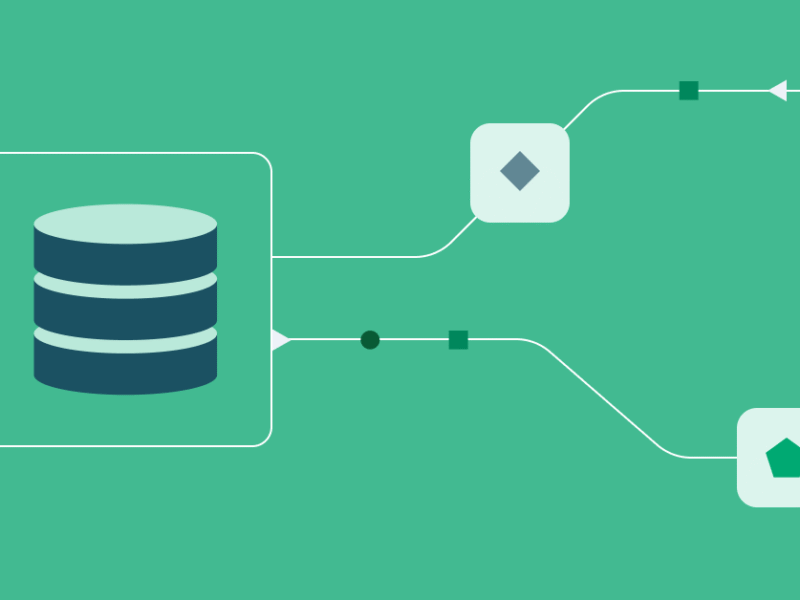Relational databases serve as the backbone for modern data management, allowing organizations to store and retrieve information efficiently. With their structured approach to data, these databases enable not only easy access but also meaningful relationships between different data points. As businesses increasingly rely on data-driven decisions, understanding how relational databases operate is essential.
What is a relational database?
A relational database is a structured collection of data that organizes information into tables, which allows for efficient storage, retrieval, and management through defined relationships among data points.
The structure of relational databases
The fundamental building block of a relational database is its tables, which consist of rows and columns. Each table hosts records (rows) and attributes (columns). To maintain the uniqueness of records, primary keys serve as unique identifiers for each entry. Additionally, foreign keys establish relationships between tables, referencing the primary keys of other tables.
How relational databases work
A Relational Database Management System (RDBMS) manages data operations. It oversees storage, retrieval, and security of the data. Users typically interact with the database using Structured Query Language (SQL), which allows for complex queries and report generation.
Historical context
Relational databases trace their origins to a 1970 paper by E. F. Codd, who introduced the innovative concept of organizing data in tables rather than hierarchical formats. This marked a significant advancement in data management.
Data integrity in relational databases
Maintaining data integrity is crucial for ensuring accuracy and consistency. Entity integrity ensures that primary keys are unique across records, while referential integrity ensures that foreign key values reference existing primary key values in other tables.
Advantages of relational databases
Relational databases offer several notable advantages:
- Efficient data handling: Effective categorization and elimination of data duplication streamline data management.
- User accessibility: Multiple users can access the database simultaneously through SQL.
- Data security: Access controls protect sensitive information.
- ACID compliance: Ensures reliability through Atomicity, Consistency, Isolation, and Durability.
Disadvantages of relational databases
Despite their strengths, relational databases have some disadvantages:
- Rigidity: The requirement for a predefined structure can limit flexibility.
- Maintenance: Optimization and performance tuning can be time-consuming tasks.
- Scalability issues: Handling large datasets, especially unstructured data, poses challenges.
Types of relational databases
Several types of relational databases exist to cater to different needs:
- Standard RDBMS: Examples include Microsoft SQL Server, Oracle Database, and MySQL.
- Cloud databases: Solutions like Amazon RDS and Google Cloud SQL offer scalable and flexible options.
- Other models: This includes alternatives such as NoSQL, Graph, and Object Relational Databases.
Comparing relational vs. non-relational databases
When comparing relational databases to non-relational databases, the differences in data structure become apparent. Relational databases use normalized, tabular data, while non-relational databases support diverse storage formats. Key characteristics like primary keys and integrity constraints define relational systems, while non-relational systems prioritize flexibility in data storage.
Choosing the right database
Selecting the appropriate database involves considering various factors, such as:
- Data type: The nature of the data to be managed influences the choice.
- User load: Anticipating the number of concurrent users can affect database performance.
- Application requirements: The specific needs of applications must align with database capabilities.
- Budget: Cost considerations are essential when evaluating database solutions.
- Scalability: The ability to grow with future data needs is crucial.

